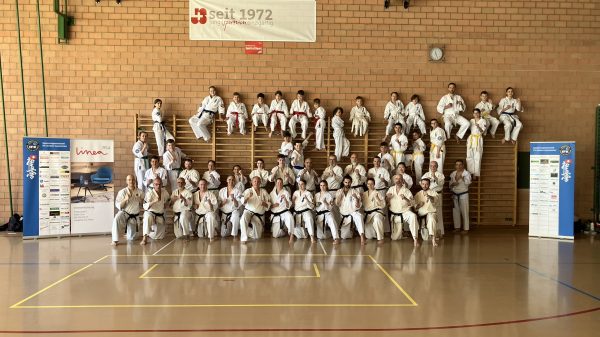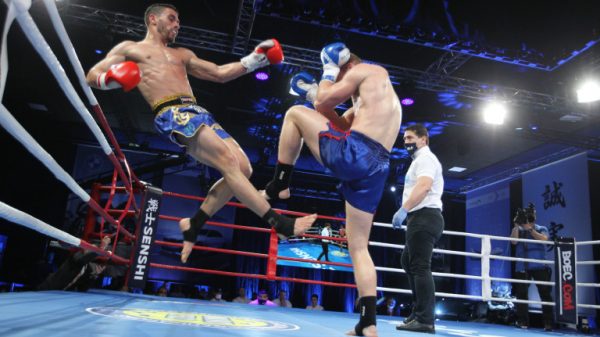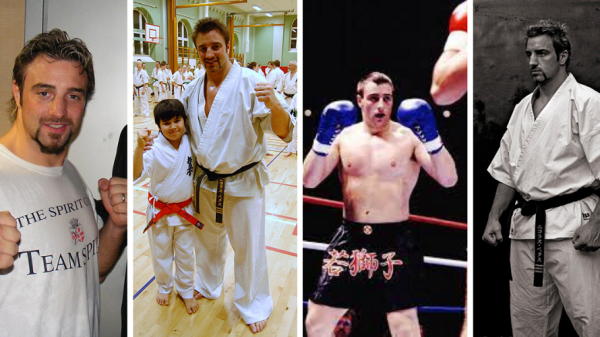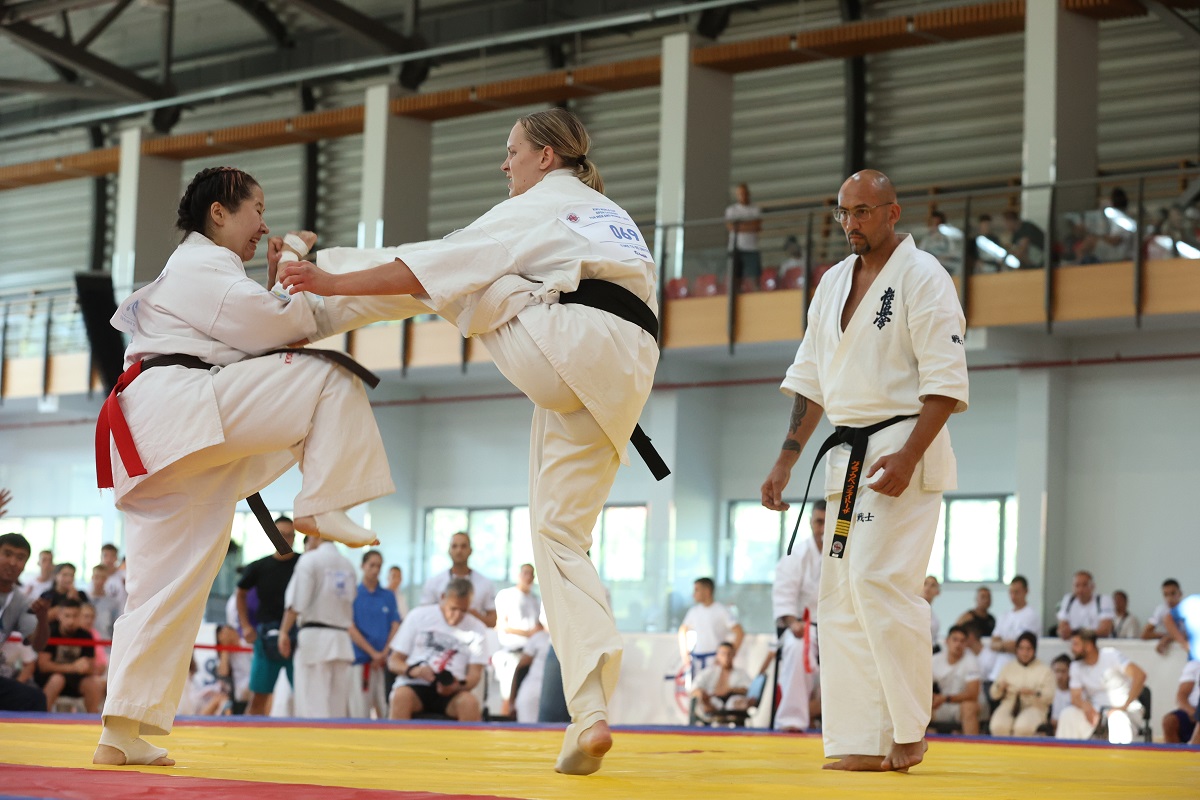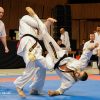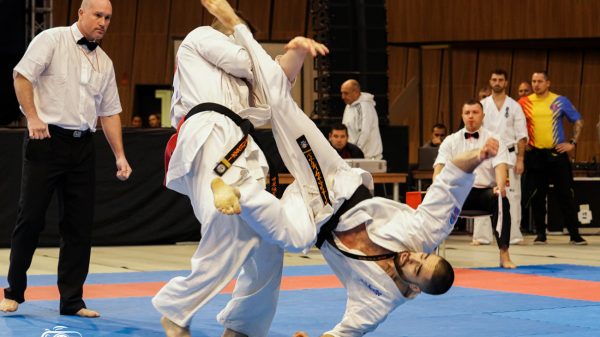Traditional martial arts, such as Kyokushin karate, can definitely continue to thrive in the era of MMA. Even though MMA has gained immense popularity, traditional martial arts possess their own unique appeal and value that can attract practitioners for various reasons.
Firstly, traditional martial arts often have a deep cultural and historical significance, drawing individuals who appreciate the rich traditions, philosophies, and cultural aspects associated with these arts. For instance, Kyokushin karate places a strong emphasis on discipline, respect, and personal development.
Moreover, traditional martial arts focus significantly on character development, discipline, and mental fortitude. Many people are attracted to these aspects as a means of personal growth and self-improvement.
Additionally, traditional martial arts offer a diverse range of techniques. Kyokushin karate, for example, incorporates punches, kicks, knee strikes, and elbow strikes, providing a comprehensive set of skills.
While MMA is known for its variety of techniques, traditional martial arts have their own competition formats where practitioners can test their skills within the context of their specific discipline. Kyokushin karate features full-contact, knockdown tournaments where fighters showcase their technique, strength, and resilience.
Traditional martial arts can also adapt and evolve by incorporating effective training methods and techniques from other styles. Many schools integrate modern training, conditioning, and sparring methods to enhance the practicality of their martial arts training.
Furthermore, traditional martial arts schools often foster a sense of community and camaraderie among practitioners, creating a supportive environment that motivates individuals to continue their training and contribute to the growth of the art.
In conclusion, while MMA has become dominant in combat sports, traditional martial arts maintain a dedicated and growing community. The key lies in preserving tradition while remaining open to evolution and adaptation, ensuring these martial arts stay relevant and appealing to new generations of practitioners.


